Tell someone that you’re playing a light civilization game that’s really fun, and you might as well tell them there’s a unicorn in your apartment’s laundry room.
One of the defining features of a “civ” or 4X game, whether video or tabletop, is its satisfying depth and heavy long-term planning. Translating that into something which is both strategic and fun in less than two hours seems like a fantastical goal.
Hyperborea hits that goal for me. The more I’ve played it since I picked it up at Gen Con, the more I think this was my favorite takeaway from the con. It’s innovative, beautiful, and fun — while it doesn’t hit all the deep notes that civ games do, it hits many of them in a different and interesting timbre.
The Story
In Hyperborea, you play one of six factions descended from the original realm of, well, Hyperborea. See, your ancestors were super-clever, and worked magic and technology into the most advanced society in all of history. But they were too clever, and unleashed an apocalyptic event that destroyed most of the civilization.
But some of your ancestors were wise, and put a backup plan into place. They constructed a magical barrier around the central regions of Hyperborea, containing the cataclysm to the main cities. This allowed all the far-flung outposts and cities to survive the mistakes of your ancestors.
Centuries later, the magical barrier has fallen, and the six isolated outposts now move forward to discover the secrets of the past and reclaim the glory of their ancestors’ civilization.
The Setup
Each player leads a faction at a time when most of the map is hidden. The goal is to have the most Victory Points (VPs) at the end of the game; there are six different means (more or less) of garnering VPs. There are three objectives that trigger the end of the game: accumulating a specific amount of gems, spawning all your miniatures onto the map, or obtaining a fifth Advanced Technology.
In a regular game, whenever two of these objectives are triggered (by the same or different players), the last round of turns occurs. In a short game, only one objective needs to be triggered; in a long game, all three need to occur. This flexibility allows you to adjust your game to the time available and the experience of the players.
While there are many ways of getting VPs, they generally break down into one of six methods. Not coincidentally, these six methods align with the six factions in the game, and the six resources — all of which are identified by a color:
- Green: movement, exploration, area control
- Red: military strength, fortification
- Purple: fertility, reinforcement, growth
- Orange: research, progress, knowledge
- Yellow: trade, commerce, influence
- Blue: science, technology, corruption
To understand the game, we need to look at how each color of resource is used by your civilization.
The Six
Each player has a bag of resource cubes of six different colors, and each cube provides a different asset when you draw and use it:
Green represents your civilization’s ability to move across the map, cross dangerous terrain, explore the area, and control map tiles. The Emerald Kingdom faction has the advantage in this resource. At the end of the game, you gain VPs for each map tile you control (that is, you have the plurality of miniatures on that tile).
Red cubes are the military assets that you can bring to bear against your opponents and the ghosts that haunt the map. The Red Duchy is the most highly militaristic of the factions. At the end of the game, you gain increasing VPs for the number of ghosts you defeat. You also get a few VPs for defeating opponent’s miniatures.
Purple is the color of growth and expansion, and are used to bring more of your miniatures onto the board. The Purple Matriarchy faction excels in this area. This resource works closely with green and red cubes, and spawning all your miniatures to the board is one of the objectives that can trigger the game’s end (and grants you 2 VPs).
Orange cubes are your civilization’s R&D. They allow you to progress along your development track, thereby adding more cubes of all colors to your resource bag. The Coral Throne prizes progress, even allowing you to utilize the useless grey cubes (see below). When you count up VPs at the end, each non-grey cube in your resource bag is worth 1 VP.
Yellow embodies commerce and the influence of trade; it’s not a coincidence that the gems used to track VPs during the game are also yellow. The Golden Barony are the faction of trade and commerce. You can trigger the end of the game if you accumulate enough gems (gaining you a bonus 2 VPs), and each gem is worth 1 VP.
Blue is the cool color of science and technology. It gives your civilization new and unique Advanced Technologies that provides you more options each turn. The Celestial Reign are the undisputed masters of science. If you ever obtain five Advanced Techs, you can trigger the last round (and get 2 VPs). Each Advanced Tech is worth the VPs printed on them, usually one or two.
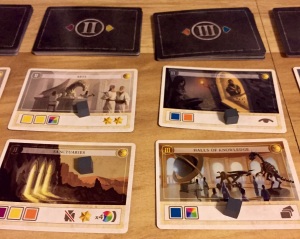
Stupid grey cubes.
In addition to these six colors, obtaining Advanced Tech also puts grey cubes into your resource bag. These represent corruption, stagnancy, and decadence. Unless you have certain tech to use them, they are useless cubes that slow down your civilization’s advance.
Now that we got the colors down, how do you play?
The Gameplay
During your turn, you will start with three resource cubes on your civilization’s board. You must place these resources onto one or more technology slots, or to your discard. All technologies (Basic or Advanced) list the cubes required to activate it, and the benefits you gain from doing so.
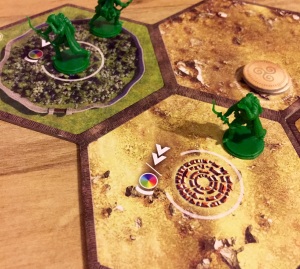
“If you move south from the ruins, you’ll come to a city where you can fast-forward to a color wheel.”
You also have a few optional actions you can take during your turn. You can activate a city, explore ruins, or upgrade you civilization. For cities or ruins, they need to be open, and you need to have a miniature on the same map tile. Choosing tho activate or explore locks that miniature until you Reset.
Upgrading your civilization is only available if you’ve progressed far enough on your development track. If you send a color’s development marker back to zero, you get one or two cubes of that color added to your bag.
You can take as many actions as you’re able to on your turn. Once you’re finished, you draw three new cubes from your back, but them on your civilization’s board, and play moves to the next civilization. If you have no cubes in your bag, you get to Reset: unlock all your miniatures in cities and ruins, move all your cubes from your board and put them into your bag, and then draw three cubes.
Play continues until the endgame triggers, at which point all other players get one last turn. Then you count up VPs, and discover who won!
Why I Like It
Hyperborea succeeds at bringing in the aspects of a deeper civ game, but it uses them towards its own end. There is exploration, but the ruins and map tiles are very finite. Likewise, the ability to expand your civilization is limited by your available miniatures. The resources you can exploit from the map are only usable once per Reset (with few exceptions). You’ll only have a handful of tech (at most), and the research track is just about getting more resource cubes. And combat is minimized — you’ll never be able to exterminate another player, and the VPs gained from fighting other players is less than what you can gain from defeating the ‘neutral’ ghosts.
Instead, these classic aspects of civ gams are merely ways to further drive the engine at the heart of Hyperborea: the resource bag and its growing cache of cubes. Your choices of technology, exploration, and area control should tie directly to your resource bag strategy. As the map is revealed and ruins are explored, you can adjust your Development track to better position yourself relative to your opponents.
What I really enjoy about Hyperborea, besides it’s concise style of play, is that it has a very definite early, mid-, and endgame strategies and phases. Each color of resource suggests a style of play, but none of them completely trumps the others. Combat and growth are stagnant without movement; tech and commerce don’t roll along without the progress of research. There is always a way forward for a player, and you can always do something.
The one drawback to Hyperborea is its price: a lot of people will blanch at the $99.99 MSRP. It’s not an unprecedented outlay for this type of board game (Eclipse, Clash of Cultures, and Nations all come in at $80-$100), and you’re getting a ton of physical components for the price.
Thankfully, the balance and level of replayability makes it worth the buy-in. Few other games this year have given me that rush of engagement and strategic fun that Hyperborea does when it kicks into gear from midgame to endgame. It’s easy on the eyes, and it pulls off the unicorn-like feat of being a streamlined civ game that’s a lot of fun.
Hyperborea — Designed by Andrea Chiarvesio and Pierluca Zizzi. Art by Miguel Coimbra, Fabio Gorla, Federico Musetti, and Roberto Pitturru. Published in North America by Asmodee, Asterion Press, and Yemaia.

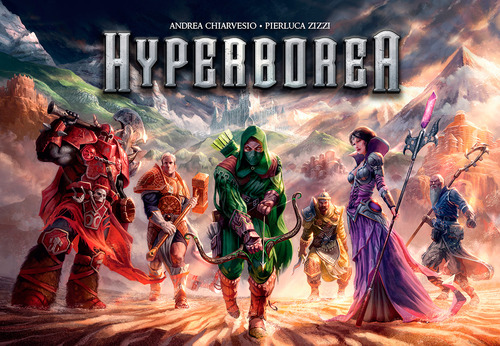
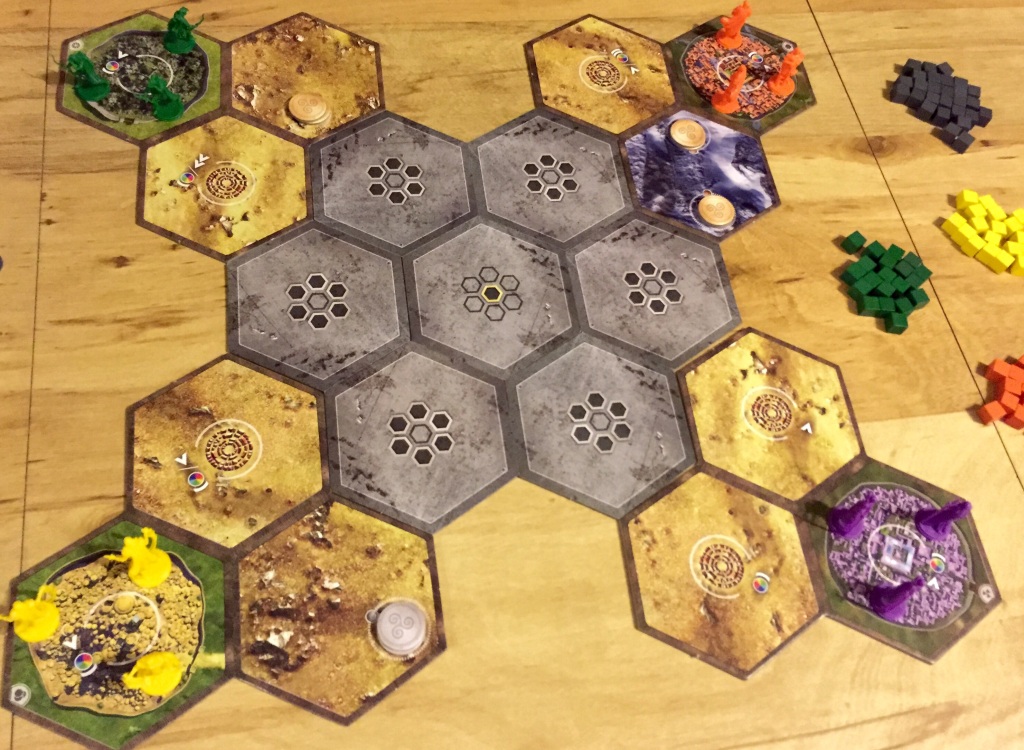
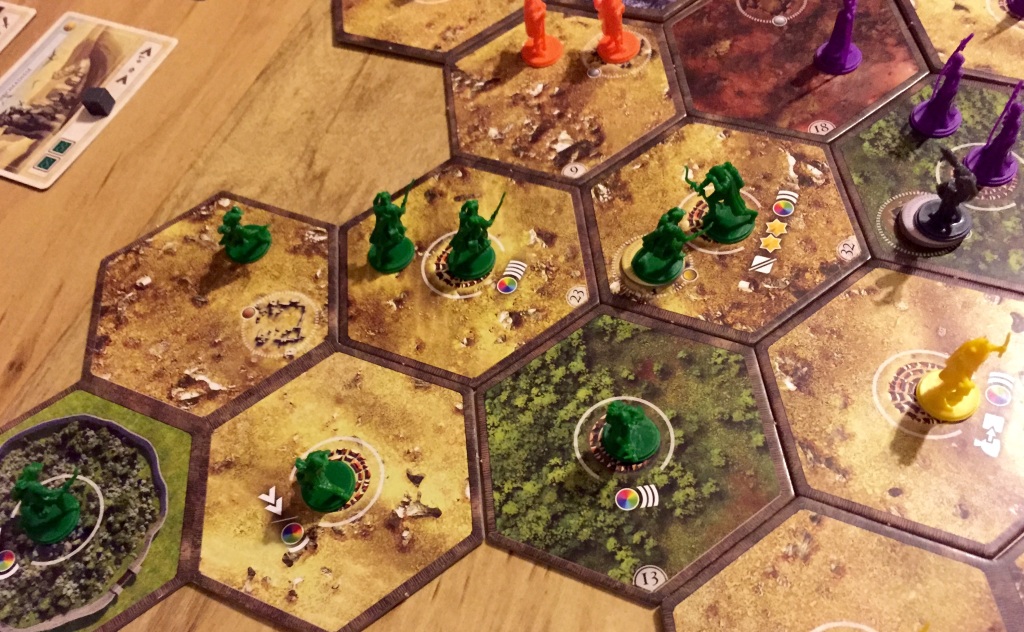
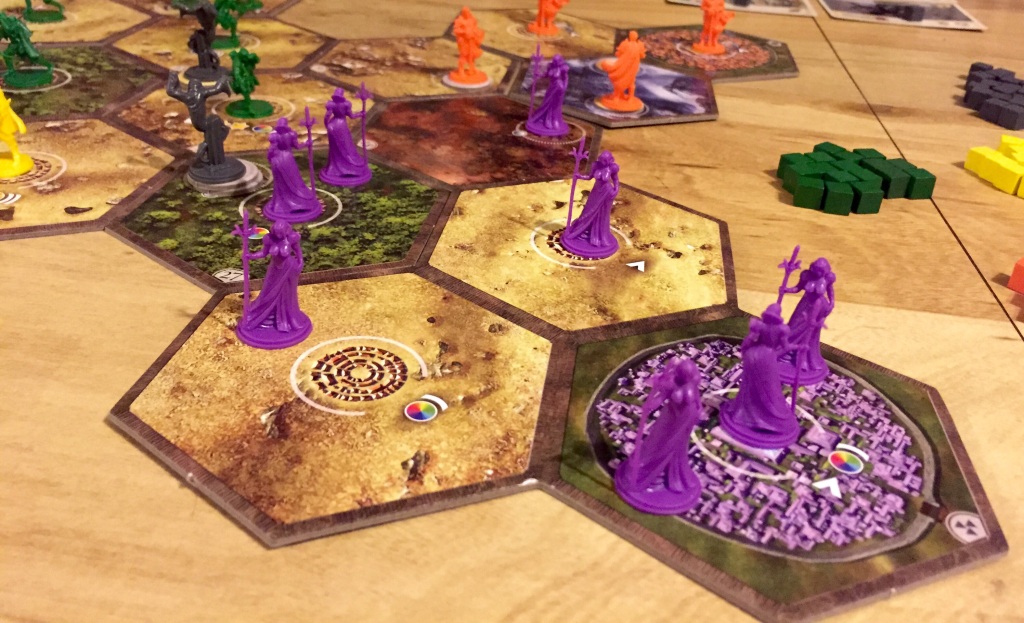
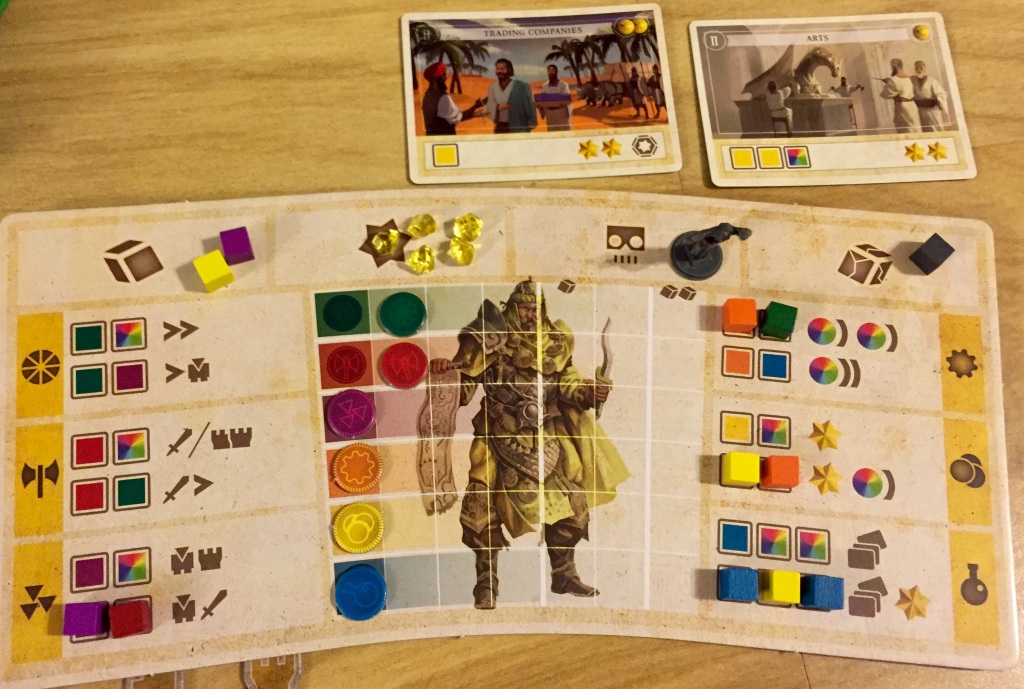
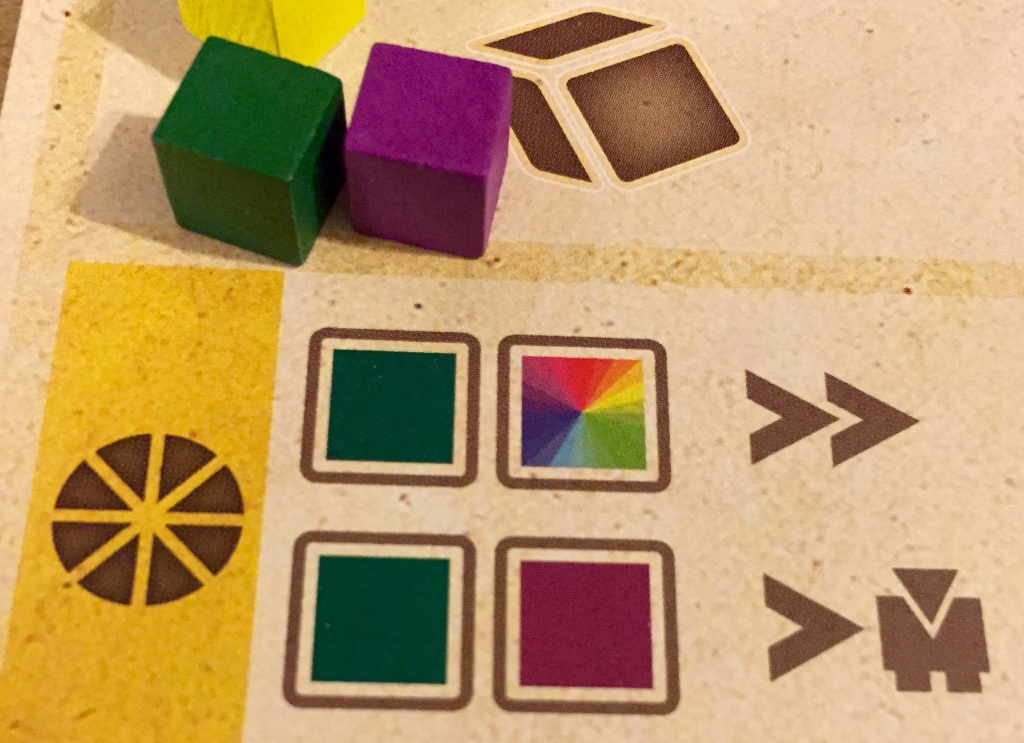
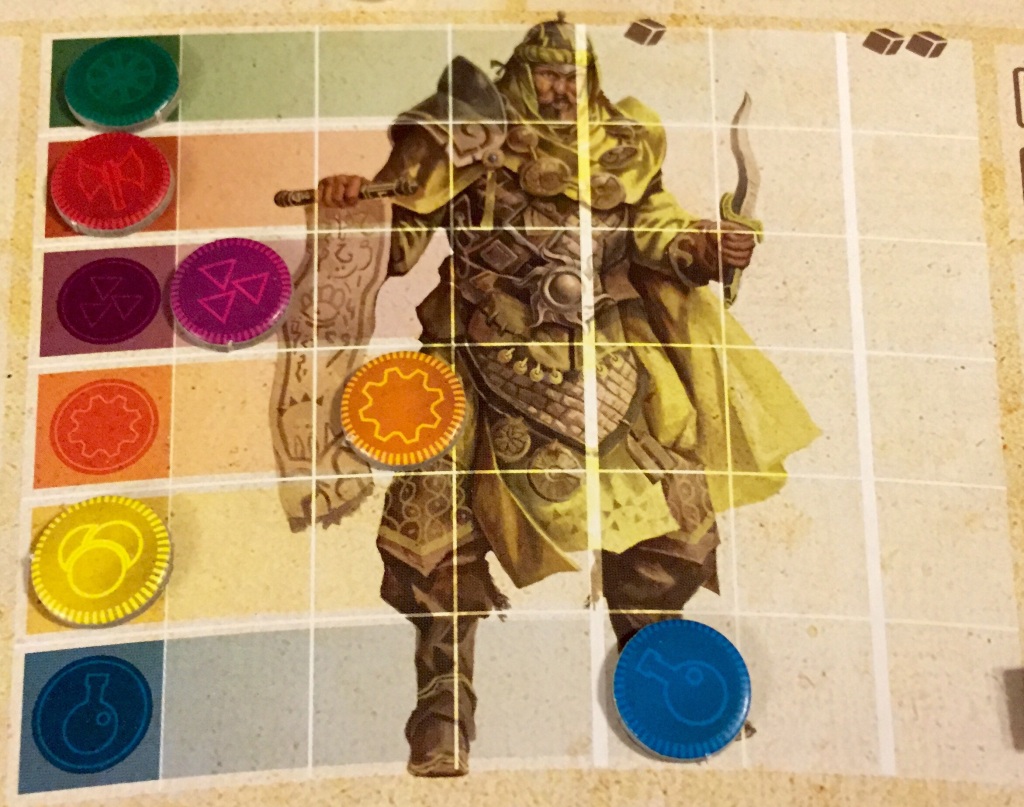
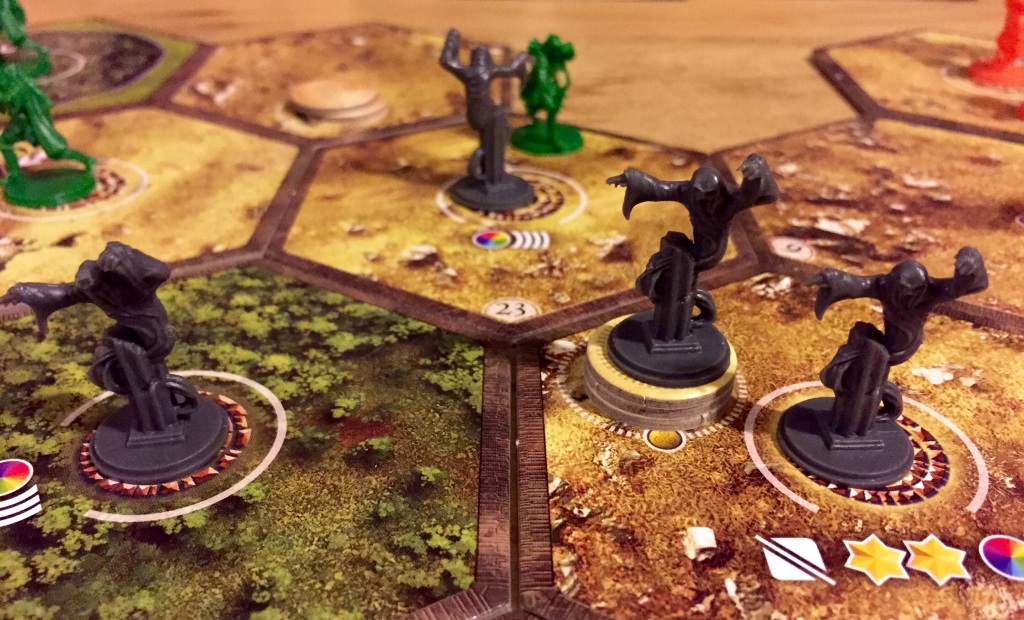
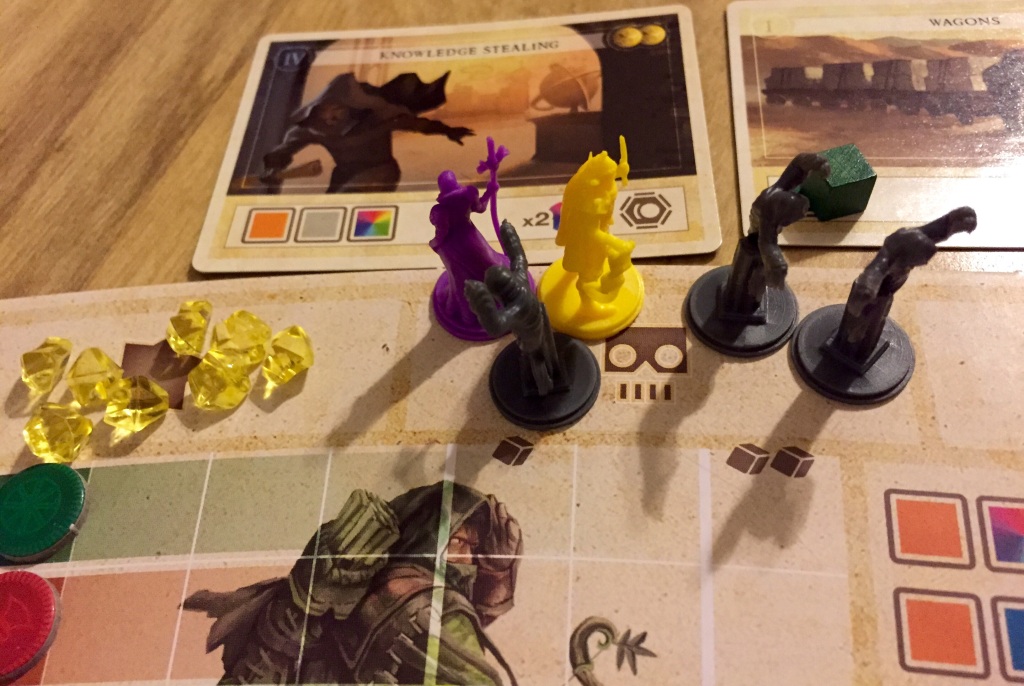






I agree this is the Unicorn. Incredibly fun, great introduction to civilization style of play. The first game from opening tnt box to tallying our scores took 2 hours with 2 people. This game is worth the price.